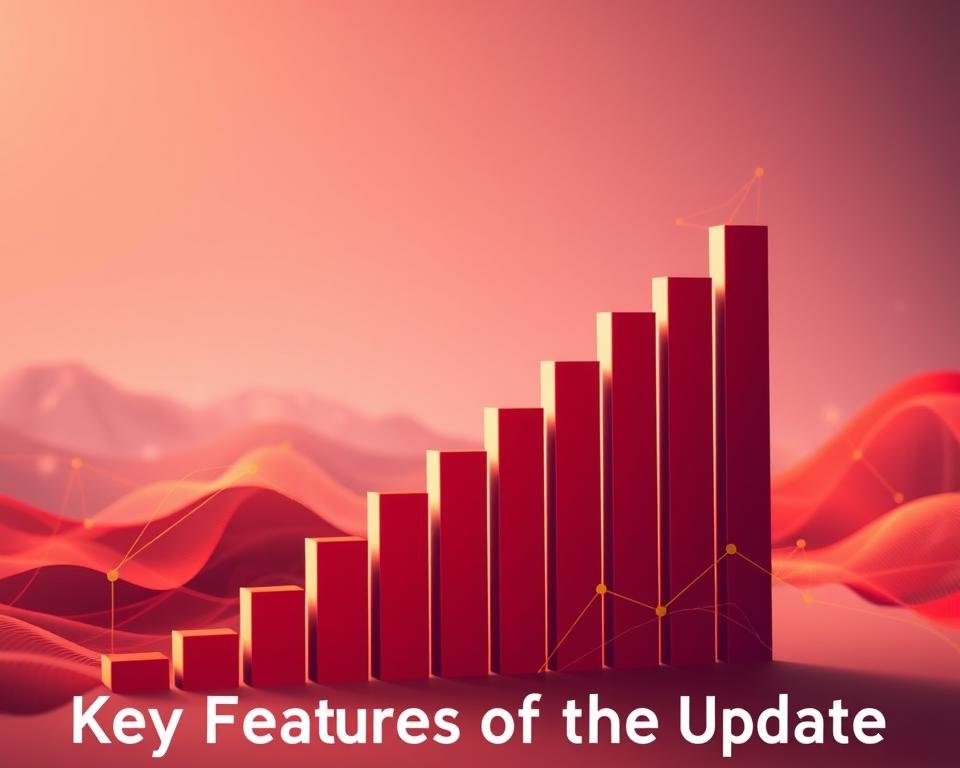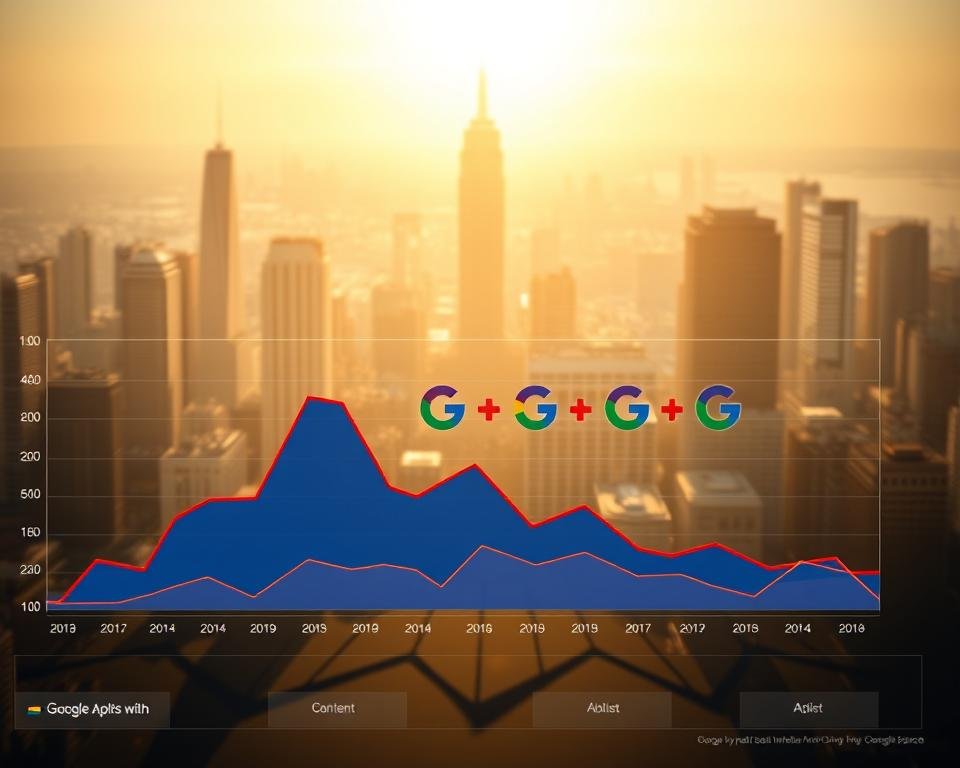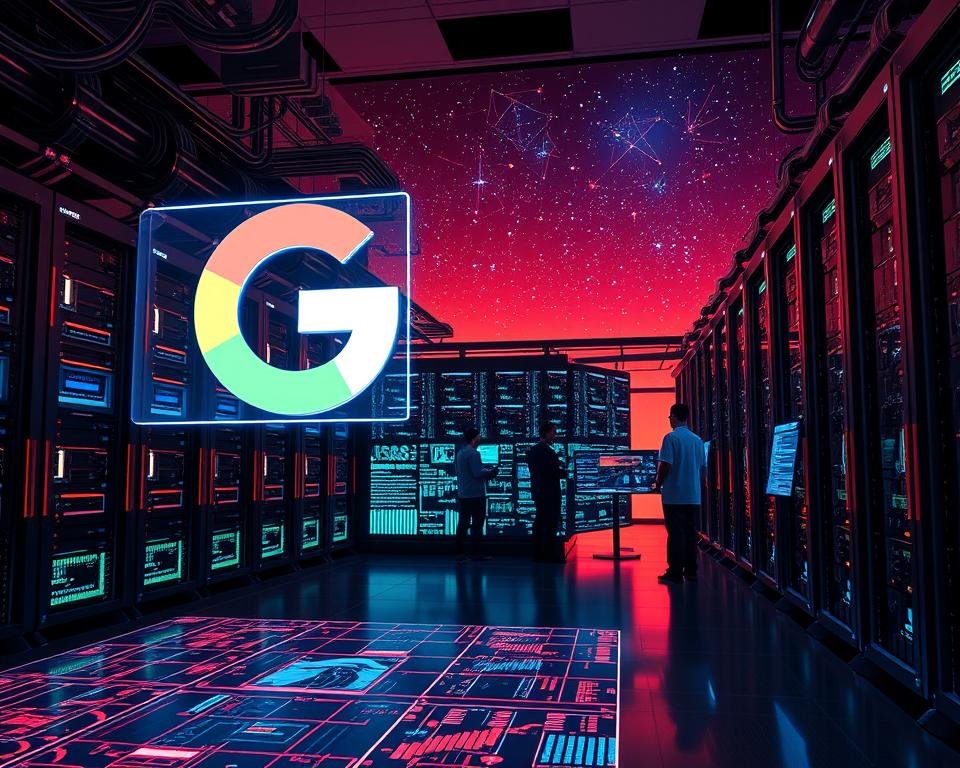I recently found out about a big change in search engine optimization (SEO). The latest Google algorithm update is causing a stir. It’s important to know what it means.
The Google’s Helpful Content Update Explained aims to make content better and easier for users. If you’re into SEO, you need to get this update. It helps you make your website better and stay ahead.
Key Takeaways
- Understanding the Google algorithm update is key for SEO.
- The update aims to improve content quality.
- User experience is a big part of the update.
- It’s important to optimize your website for the update.
- Adapting to changes helps you stay competitive.
What is Google’s Helpful Content Update?
The Helpful Content Update is Google’s way to make search results better. It’s part of Google’s ongoing work to improve its algorithms. This ensures users get the most relevant and helpful content.
Background of the Update
Google’s algorithm updates meet the changing needs of users and online content. The Helpful Content Update focuses on content quality improvement. Google wants to give users more accurate and helpful search results.
This update is a step up from previous efforts to make search results better. It shows how important user-centric content is.
Purpose of the Update
The main goal of the Helpful Content Update is to improve the visibility of high-quality content in search results. Google wants to make it easier for users to find what they need.
This update is big for content creators. It shows how important it is to make content that’s not just informative but also engaging and relevant.
Knowing the SEO impact of Google updates is key for content creators and marketers. By keeping up with these updates, they can make their content more visible and effective.
Key Features of the Update
Google’s Helpful Content Update aims to make search results better. It focuses on content that helps users. This change is big for how Google checks online content’s quality and relevance.
Emphasis on Quality Content
The update highlights the importance of quality content. It looks at how well content creators know their stuff. Google uses smart algorithms to check if content is trustworthy.
Good content should:
- Match what the user is searching for
- Have lots of useful information
- Be easy to read and understand
- Use reliable sources

User Experience Improvements
The update also aims to make user experience better. Google wants websites to be both helpful and easy to use. This means websites should be fast, clean, and work well on phones.
| Feature | Pre-Update | Post-Update |
|---|---|---|
| Content Quality | Variable, often with keyword stuffing | High-quality, user-centric content |
| User Experience | Often cluttered and slow | Engaging, fast, and mobile-friendly |
| E-A-T Criteria | Less emphasized | Strongly emphasized |
Google wants to make search better for everyone. This will help users learn more and stay engaged online.
Impact on SEO Strategies
The Helpful Content Update from Google is changing SEO. Now, content quality and relevance are key. Content creators must update their SEO plans to meet these new standards.

This update focuses on E-A-T (Expertise, Authoritativeness, Trustworthiness). Google’s algorithm now values content that shows these qualities more.
Importance of E-A-T
Expertise means showing you really know your stuff. Content creators should share their knowledge and experience.
Authoritativeness is about being seen as a trusted source. This means creating quality content often and getting recognized by others.
Trustworthiness comes from being open and accurate. Your content should be error-free and not misleading.
Adjusting Content Creation Approaches
To follow the update, content creators need to change how they work. They should aim to make engaging, high-quality content that meets E-A-T standards.
- Do deep research to show your expertise.
- Use reliable sources to back up your info.
- Be clear and accurate in your content.
- Keep your content fresh to stay relevant.
By getting these changes, content creators can boost their SEO. This helps them stay visible in search results.
How the Update Affects Content Creators
The Google Helpful Content Update brings new challenges for content creators. We must adapt to keep our content relevant and visible on Google SERP.

Implications for Bloggers and Authors
Bloggers and authors face big changes with this update. It highlights the need for high-quality, user-focused content. I aim to make content that’s both informative and engaging for my audience.
Key considerations for bloggers and authors include:
- Understanding the target audience and their needs
- Producing well-researched, authoritative content
- Optimizing content for readability and user experience
Best Practices for Optimizing Content
To boost content quality and Google SERP visibility, follow these best practices. They align with the update’s guidelines.
- Conduct thorough keyword research to find relevant terms and phrases
- Create detailed, well-organized content that answers user questions
- Add multimedia like images, videos, and infographics to enhance content
By using these strategies, we can make our content better and more relevant. This will help us get more visibility on Google SERP.
Understanding Google’s Algorithms
To get the most out of Google’s Helpful Content Update, knowing Google’s search algorithms is key. These algorithms are complex. They check content against many factors to show users the best info.
Machine learning is a big part of these algorithms. It helps Google judge content quality and relevance better. With machine learning, Google can spot patterns and guess what users want, making search results better.
The Role of Machine Learning
Machine learning is key in Google’s updates, like the Helpful Content Update. It lets the algorithm learn from data and get better with time. This makes it better at telling good content from bad.
With machine learning, Google’s algorithms can now grasp content’s details. They understand its relevance, accuracy, and how useful it is to users.

How Updates Are Rolled Out
Google often updates its algorithms to make search results better and keep up with user changes. These updates can be small or big, like the Helpful Content Update.
Google tests, analyzes, and refines these updates. They make sure the updates work as planned and don’t cause problems.
Knowing how Google’s algorithms work and the importance of machine learning helps content creators. They can make their content better for Google. This makes their content more visible in search results.
Measuring the Update’s Success
Google’s Helpful Content Update’s success can be seen by watching certain signs. We must look at clear results and use the right ways to check them.
Metrics to Monitor
There are important things to watch to see if the update worked. These are changes in search rankings, how users interact with your site, and how much traffic it gets.
- Search Rankings: Keep an eye on your site’s ranking for important keywords.
- User Engagement: Look at time on page, bounce rate, and pages per session.
- Website Traffic: Watch the total traffic and break it down by where it comes from.
Tools for Assessment
Many tools can help see how the update changed your site. Some top ones are:
| Tool | Description | Key Features |
|---|---|---|
| Google Analytics | A detailed tool for checking website traffic and how users act. | Traffic analysis, user engagement metrics, conversion tracking. |
| SEMrush | An SEO tool that shows search rankings, competitor info, and technical SEO checks. | Rank tracking, competitor analysis, technical SEO audit. |
| Ahrefs | A tool for checking backlinks, finding keywords, and analyzing content. | Backlink analysis, keyword research, content gap analysis. |
By using these metrics and tools, you can really understand how the update changed your site. This helps you make smart choices to improve your content.

It’s key to know how Google updates affect your site’s visibility. By keeping up and adjusting your plans, you can stay ahead in search engine optimization.
Common Misconceptions About the Update
Many content creators are confused about Google’s Helpful Content Update. It’s important to know what’s true and what’s not.
Myths vs. Facts
There are many myths about the Helpful Content Update. Let’s look at some of these and set the record straight.
- Myth: The update is all about keyword density. Fact: It’s more about the quality and relevance of your content.
- Myth: It only affects big websites. Fact: It helps all websites, big or small, to improve user experience.
- Myth: It’s a one-time thing. Fact: Google’s algorithms change often, and you need to keep up.

Clarifying Misunderstandings
To get a better grasp of the Helpful Content Update, let’s look at some key points in a table.
| Aspect | Pre-Update | Post-Update |
|---|---|---|
| Content Focus | Keyword-centric | User-centric |
| Quality Metrics | Keyword density, meta tags | Content relevance, user engagement |
| Impact on SEO | Emphasis on technical optimization | Emphasis on content quality and user experience |
Knowing the truth about the Helpful Content Update helps content creators. They can improve their content for better visibility and user experience.
Case Studies of Update Implementation
Websites that updated for the Google Helpful Content Update show us its effects. These examples help us understand how the update changes content and websites.
The update aims to boost Google SERP visibility for quality content. Websites need to change their content plans. Let’s look at some success stories and lessons.
Success Stories
Many websites got better in Google SERP visibility after the update. For example, a health blog improved its content quality. It got more organic traffic.
- A travel site added user reviews and expert tips. It got more engagement.
- An e-commerce site made its product descriptions better. It ranked higher in search results.
These stories show that improving content quality improvement and user experience helps. Websites can get better in Google search.

Lessons Learned from Failures
Not every website did well with the update. Looking at failures can teach us a lot. It shows common mistakes and how to fix them.
A news site that used low-quality content lost its ranking. It didn’t focus on content quality improvement or unique user info.
- Don’t stuff keywords. Make content for users, not search engines.
- Keep updating your content to match Google’s changes. This helps keep or improve Google SERP visibility.
By learning from these examples, we can avoid mistakes. We can make our content better.
Future Developments and Expectations
Google keeps improving its algorithms. It’s important to understand updates like the Helpful Content Update. This helps us see how Google changes and adjust our SEO plans.
Anticipating the Evolution
The Helpful Content Update will likely get better at improving user experience and content quality. Keeping up with these changes helps content creators stay online.
Adapting to User Needs
It’s key to always adapt to what users want in SEO. Focusing on quality content and user needs helps us deal with Google updates. This keeps us competitive.
